Blogs & News
We are focus on automotive wiring harness & connectors technology.
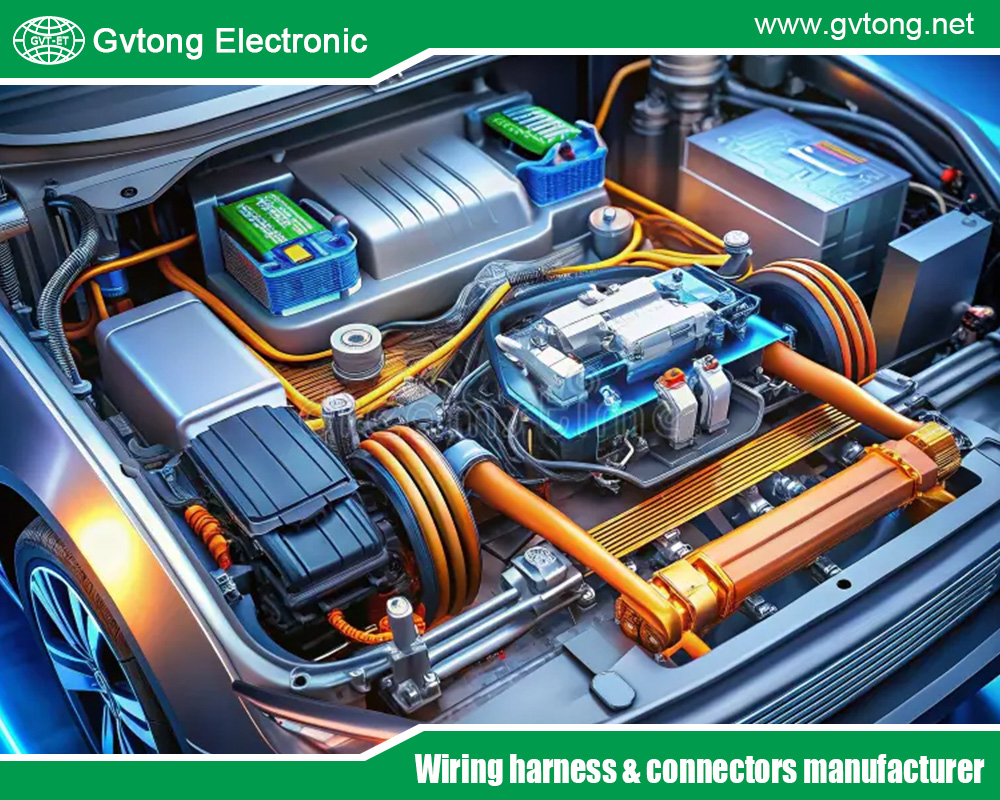
How Does a Qualified Mechanic Solve Car Electrical Problems?
- Gvtong Electronic
- 10-cavity connector factory, 12 volt 2 pin waterproof connector, 2 pin waterproof electrical connector, 2 Pin Way Car Waterproof Electrical Connector, 2-cavity connectors, 2p 32p Automotive Connector Terminal Crimping, 3-cavity connectors, 48V board net connectors, 8 - cavity connectors, Anti-vibration automotive connectors, Automated assembly connectors, automotive antenna connector, automotive data connector, automotive diagnostic connector, automotive high - frequency, Automotive high - frequency connector, automotive hybrid connector, automotive optical fiber connector, Automotive power distribution connector, Automotive temperature - resistant connector, automotive vibration - resistant, Automotive vibration - resistant connector, automotive waterproof connectors, Automotive-grade AEC-Q200 connectors, car electrical, car electrical problems, cavity connector manufacturer, cavity connectors market, Cost-effective automotive connectors, GA Series-Aviation Plug Connectors, GB Series-Energy Storage Connectors, GD Series-Combined Power Connectors, GE Series-Signal Connectors, GF Series-Floating Connectors, GH Series-Plastic Connectors, GM Series-Metal Connectors, GR Series-Circular Connectors, GT Series Connectors - others, Halogen-free automotive connectors, Multi-variation connectors, Photovoltaic Connectors For Solar Panels, Recyclable material connectors, Redundant safety connectors, Thermal management connectors, Wireless charging connectors
- No Comments
How Does a Qualified Mechanic Solve Car Electrical Problems?
Car electrical systems are the backbone of modern vehicles, powering everything from ignition and lighting to advanced driver-assistance systems (ADAS) and infotainment. However, electrical problems—such as dead batteries, faulty alternators, or wiring issues—can lead to breakdowns, safety risks, and costly repairs. Qualified mechanics play a crucial role in diagnosing and resolving these issues, using a combination of technical expertise, diagnostic tools, and systematic approaches. In an era of increasingly complex vehicles, particularly electric vehicles (EVs), their skills are more vital than ever. This article explores how qualified mechanics tackle car electrical problems, detailing their diagnostic process, tools, common issues, and best practices. By leveraging specialized equipment, adhering to industry standards, and staying updated on technological advancements, mechanics ensure reliable repairs, enhancing vehicle performance and safety.
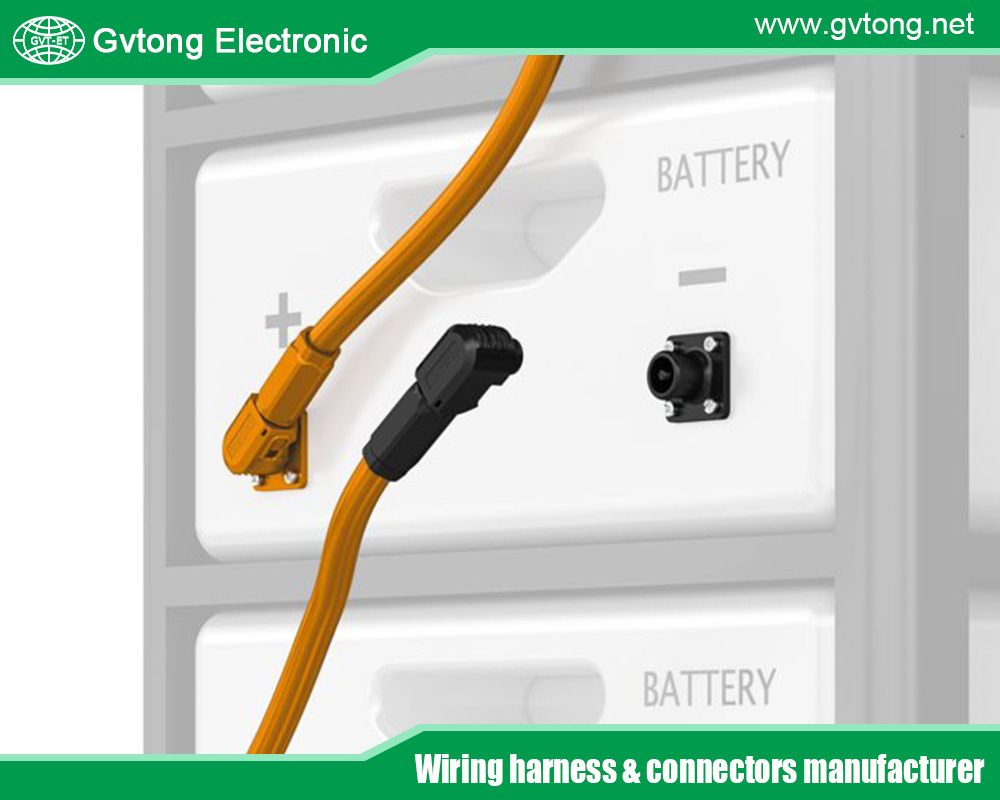
Understanding Car Electrical Systems
A car’s electrical system comprises components like the battery, alternator, starter, wiring harnesses, fuses, relays, sensors, and electronic control units (ECUs). The battery provides initial power, the alternator charges it, and the starter initiates engine operation. Wiring harnesses distribute power and signals, while ECUs manage systems like fuel injection and ADAS. Common electrical problems include:
- Battery Failure: Dead or weak batteries causing starting issues.
- Alternator Malfunction: Insufficient charging leading to power loss.
- Wiring Issues: Damaged insulation or loose connections causing shorts or open circuits.
- Sensor Failures: Faulty oxygen or MAF sensors disrupting engine performance.
- Fuse/Relay Issues: Blown fuses or faulty relays halting component operation.
Qualified mechanics must understand these components and their interactions to diagnose issues accurately. Modern vehicles, especially EVs, feature high-voltage systems and complex electronics, requiring specialized knowledge of CAN bus networks and diagnostic protocols.
The Diagnostic Process for Car Electrical Problems
- Initial Assessment and Customer Communication
A qualified mechanic begins by gathering information from the vehicle owner about symptoms, such as dim lights, failure to start, or warning lights (e.g., check engine light). They note when issues occur (e.g., during startup or driving) and any recent events, like jump-starts or modifications. Visual inspections check for obvious signs like corroded battery terminals or loose connections. This step ensures a focused approach, saving time and avoiding unnecessary repairs.
- Using Diagnostic Tools
Mechanics rely on advanced tools:
- Multimeter: Measures voltage, current, and resistance to test batteries, alternators, and circuits.
- OBD-II Scanner: Reads diagnostic trouble codes (DTCs) from the ECU to pinpoint issues (e.g., P0300 for misfire).
- Battery Tester: Assesses battery health, checking voltage (12.6V for a healthy battery) and cranking amps.
- Oscilloscope: Analyzes signal patterns in sensors or CAN bus networks.
- Thermal Imager: Detects overheating components or short circuits.
For example, a mechanic might use a multimeter to confirm an alternator’s output (13.5–14.5V) or an OBD-II scanner to identify a faulty MAF sensor.
- Systematic Testing and Isolation
Mechanics follow a systematic approach to isolate faults:
- Battery and Charging System: Test battery voltage and alternator output. A battery below 12.4V or an alternator not producing 13.5V indicates failure.
- Wiring and Connections: Inspect harnesses for frayed insulation, corrosion, or loose connectors. Continuity tests verify circuit integrity.
- Component Testing: Check sensors, relays, and actuators using multimeters or scan tools. For instance, a faulty oxygen sensor may show abnormal voltage readings.
- Grounding Issues: Poor grounds cause erratic behavior. Mechanics test ground points with a multimeter to ensure low resistance.
This methodical process, guided by wiring diagrams and service manuals, ensures accurate diagnosis. For example, a no-start issue might trace back to a failed starter relay after ruling out battery and alternator problems.
- Verification and Road Testing
After identifying the issue, mechanics repair or replace faulty components (e.g., alternator, wiring, or ECU) and verify fixes using diagnostic tools. A road test confirms system performance under real-world conditions, checking for warning lights or operational anomalies. For instance, resolving a P0420 code (catalytic converter issue) requires verifying sensor data post-repair.
Common Car Electrical Problems and Solutions
- Dead Battery
Symptoms: Failure to start, dim lights, or clicking sounds. Solution: Test battery voltage (below 12.4V indicates discharge). Charge or replace the battery if it fails a load test. Check for parasitic drains using a multimeter in series (normal draw <50mA). Clean corroded terminals with a wire brush.
- Faulty Alternator
Symptoms: Battery warning light, dimming systems, or frequent battery failure. Solution: Test alternator output (13.5–14.5V at idle). Replace faulty alternators or repair voltage regulators. Inspect drive belts for wear, as slippage can reduce output.
- Wiring Harness Issues
Symptoms: Intermittent failures, short circuits, or burning smells. Solution: Inspect harnesses for abrasion, cuts, or melted insulation. Use heat-shrink tubing or conduit to repair damaged sections. Replace severely damaged harnesses, ensuring proper routing to avoid future wear (per SAE J1128 standards).
- Sensor Failures
Symptoms: Check engine light, poor performance, or stalling. Solution: Use an OBD-II scanner to read DTCs (e.g., P0135 for oxygen sensor failure). Test sensors with a multimeter or oscilloscope and replace faulty units. Ensure proper connector seating to avoid false readings.
- Blown Fuses/Relays
Symptoms: Non-functional components like lights or wipers. Solution: Check fuse panels for blown fuses using a test light. Replace with the correct amperage fuse (per vehicle manual). Test relays with a multimeter for continuity and replace if faulty. Investigate underlying causes like short circuits.
Tools and Skills of a Qualified Mechanic
Qualified mechanics require:
- Technical Knowledge: Understanding of electrical systems, CAN bus networks, and high-voltage EV systems. Certifications like ASE A6 (Electrical/Electronic Systems) validate expertise.
- Diagnostic Tools: Proficiency with multimeters, OBD-II scanners, oscilloscopes, and battery testers. For example, Snap-on’s MODIS scanner provides comprehensive diagnostics.
- Problem-Solving Skills: Logical approaches to isolate faults, using wiring diagrams and service bulletins.
- Safety Practices: Adherence to OSHA guidelines, especially for high-voltage EV systems, requiring insulated tools and PPE.
- Continuous Learning: Staying updated on technologies like ADAS and EV systems through training (e.g., Bosch Automotive Training).
Mechanics also use manufacturer-specific software (e.g., GM’s Tech2 or Ford’s IDS) for advanced diagnostics, ensuring compatibility with complex ECUs.
Challenges in Solving Car Electrical Problems
Mechanics face challenges like:
- Complexity of Modern Systems: EVs and ADAS involve intricate CAN bus networks, requiring specialized tools and training.
- Intermittent Faults: Issues like loose connectors are hard to replicate, necessitating extended testing.
- Access Constraints: Tight engine bays or hidden harnesses complicate inspections.
- Regulatory Compliance: Repairs must meet standards like SAE J1128 for wiring safety.
- Cost Pressures: Balancing thorough diagnostics with affordable repairs for customers.
Solutions include investing in advanced tools (e.g., Fluke multimeters), using diagnostic flowcharts, and leveraging online forums or manufacturer support for complex issues.
Advancements and Future Trends
Emerging trends include:
- Smart Diagnostics: AI-powered tools like Bosch’s ADS 625 predict failures by analyzing DTC patterns.
- Wireless Diagnostics: Bluetooth-enabled OBD-II scanners (e.g., BlueDriver) streamline testing.
- EV-Specific Tools: High-voltage testers for EV batteries and motors (e.g., Fluke’s EVSE testers).
- Predictive Maintenance: IoT sensors monitor electrical system health in real-time, alerting mechanics to potential issues.
- Training Innovations: Virtual reality (VR) training for EV and ADAS diagnostics (e.g., ASE’s VR programs).
Future trends include autonomous diagnostic systems, blockchain for repair record transparency, and eco-friendly repair practices, aligning with the rise of EVs and sustainability goals.
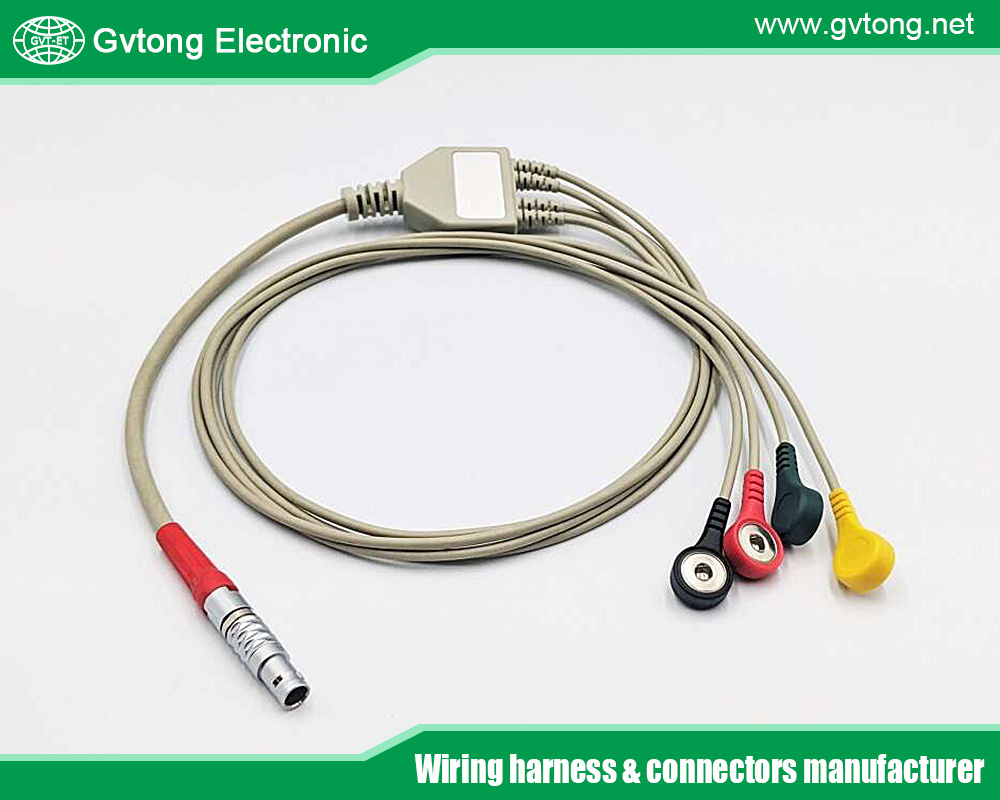
Conclusion
Qualified mechanics solve car electrical problems through a systematic approach, combining customer communication, advanced diagnostic tools, and technical expertise. By addressing common issues like battery failures, alternator malfunctions, and wiring faults with precision, they ensure vehicle reliability and safety. Tools like multimeters, OBD-II scanners, and oscilloscopes, paired with skills honed through certifications like ASE A6, enable accurate diagnostics. Despite challenges like system complexity and intermittent faults, mechanics leverage training and technology to deliver effective solutions. As vehicles evolve with EVs and ADAS, advancements like AI diagnostics and wireless tools are transforming repair processes. By staying updated and adopting best practices, mechanics maintain their critical role in keeping vehicles operational and safe.
For more about how does a qualified mechanic solve car electrical problems?, you can pay a visit to Gvtong at https://www.gvtong.net/ for more info.
Recent Posts
The Best GR Series-Circular Connectors Manufacturer
The Best GD Series Combined Power Connector Manufacturer
A Guide to Selecting the Best GH Series Plastic Connector Manufacturer
How High Pressure Connectors Work?
The Best Automotive Connector Companies
Tags
Recommended Products
-

High voltage connector-2000 series-(2 core)
-
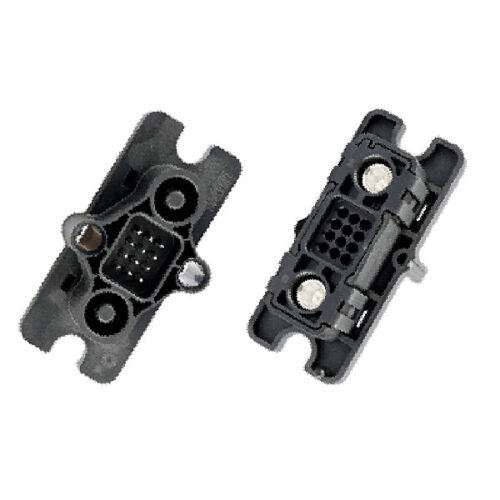
GF Series-2+12 Floating Connector
-
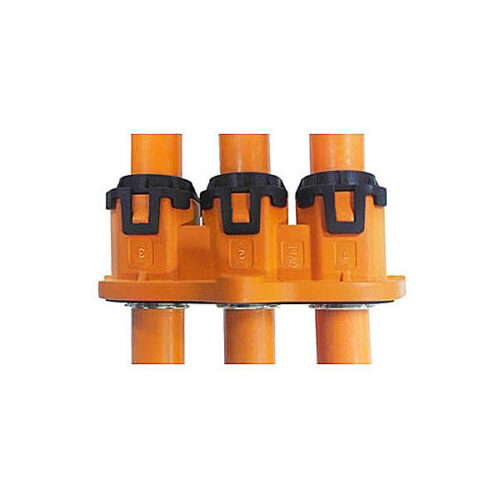
Automotive 3-Core Plastic Via Connector, 3-Pin Automotive DC Connectors, Automotive Plugs Cnd Connectors
-
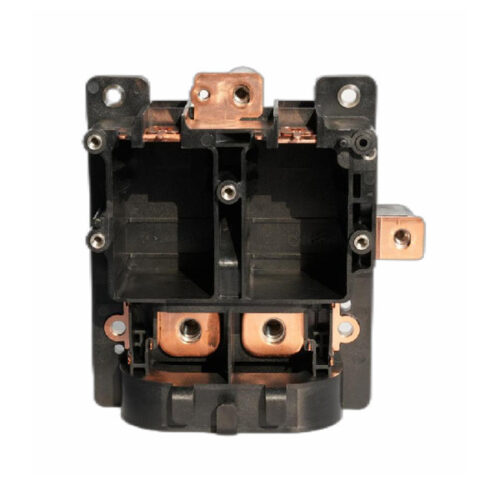
Filter copper bar assembly
-
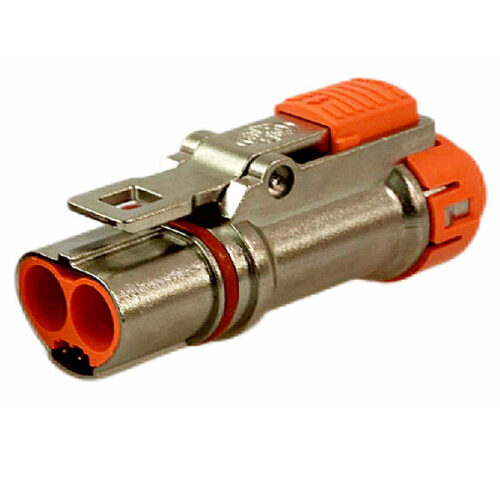
GM Series-3.6mm-2-core Metal Connector
-
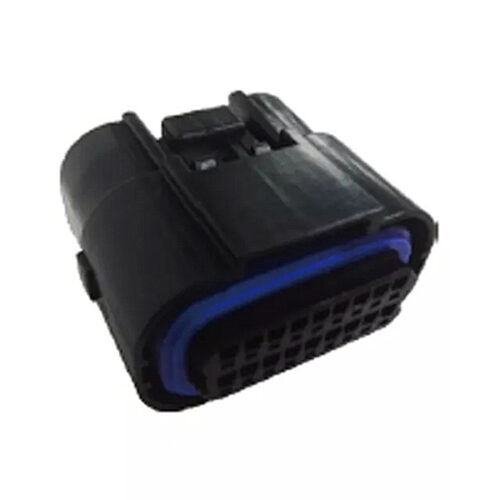
Signal connector-waterproof, double row, 18/26 core
-
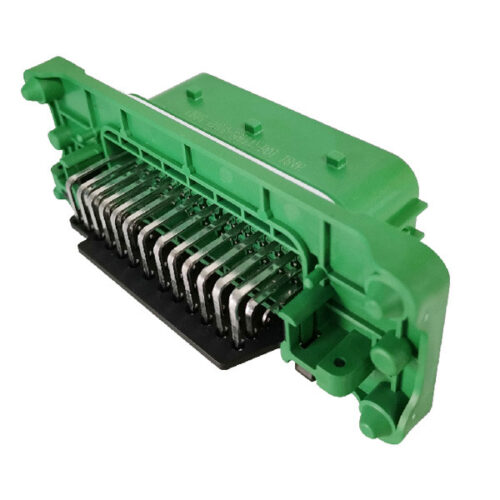
GE Series-39-core rectangular connector-socket
-

Signal connector – waterproof, three-row, 8-pin
